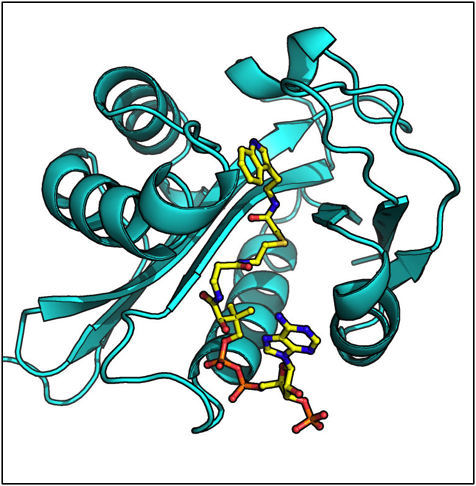Melatonin: Are you feeling sleepy?
What is it?
What time did you go to bed last night? Chances are that it was sometime after darkness had fallen. "Of course it was", I hear you cry, but have you ever really thought about just how much your body is in sync with the daily cycles of light and darkness? All organisms are affected by diurnal light/dark patterns. In vertebrates, melatonin – the so-called "hormone of darkness" – is a chemical that acts to regulate our circadian rhythm in response to light levels. Melatonin levels vary over the day, increasing as light levels fall (acting to make you sleepy at night) and falling again as light returns (helping you to wake up in the morning) and keeping us synchronised with daily – and seasonal – changes in daylight. This becomes all too apparent when we suddenly try to force a new sleeping pattern by crossing time zones; "jet lag" is in part the result of a sudden mismatch between established melatonin cycles and different environmental light patterns and it can take up to a week for the body to re-sync melatonin cycles with the new environment.
Melatonin is produced in a two-step process from serotonin. Serotonin N-acetyltransferase is the first enzyme in this pathway and its activity varies over the day in order to concurrently regulate melatonin production.
Where did the structure come from?
This structure is of sheep serotonin N-acetyltransferase 1.
What does it look like?

Serotonin N-acetyltransferase is a globular protein made up of a central eight-stranded β sheet flanked by five α-helices. Serotonin binds within a funnel structure formed by the sheet and three sections of the protein that converge to form the roof of the funnel. The serotonin-binding site, and a second binding site for a co-factor necessary for the chemical modification of serotonin, are located at the end of this funnel within the protein interior.
This particular structure of the enzyme (Protein Data Bank ID 1CJW) was determined in complex with a substrate analogue that mimics a catalytic intermediate of the serotonin modification process. It provided crucial information about the mechanism of this bedtime enzyme.
References
1. Hickman et al., Cell 97: 361-9, 1999.






